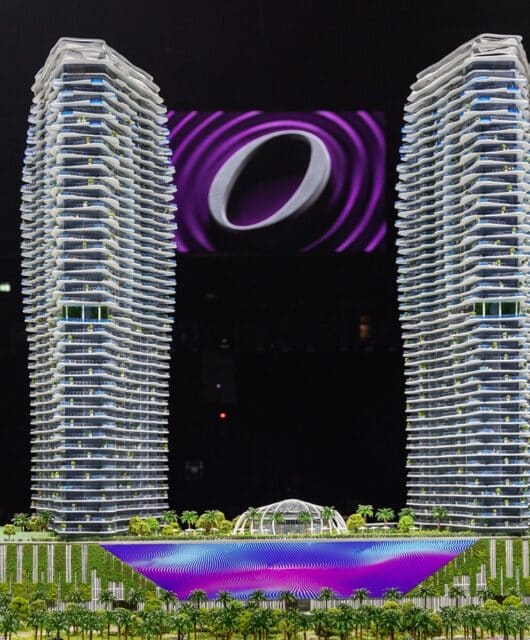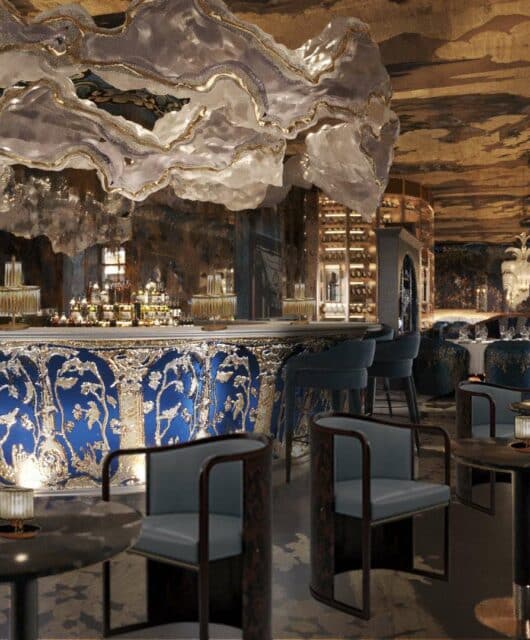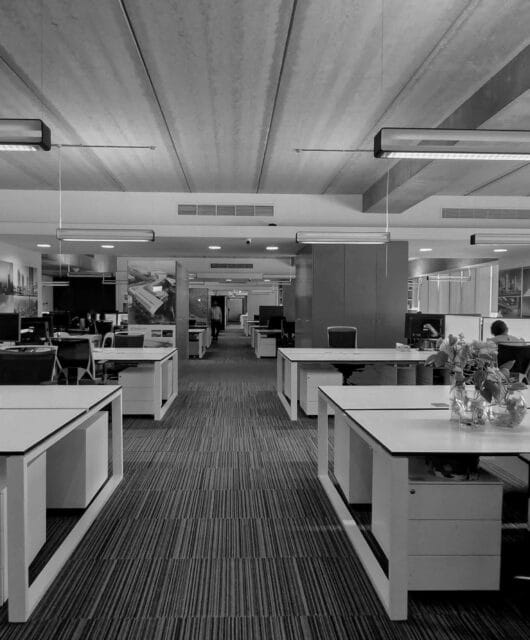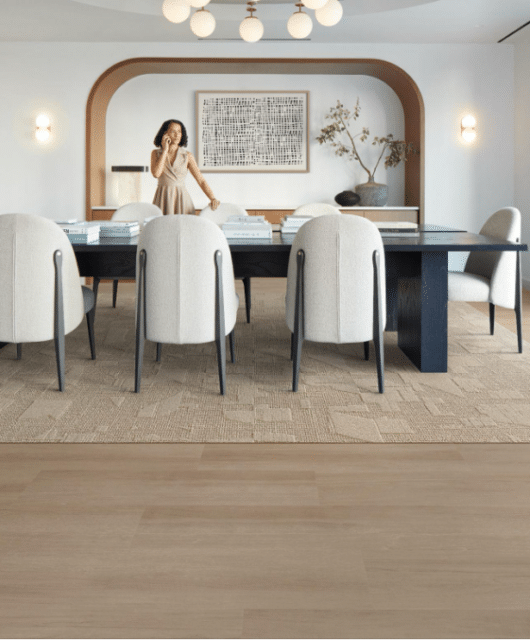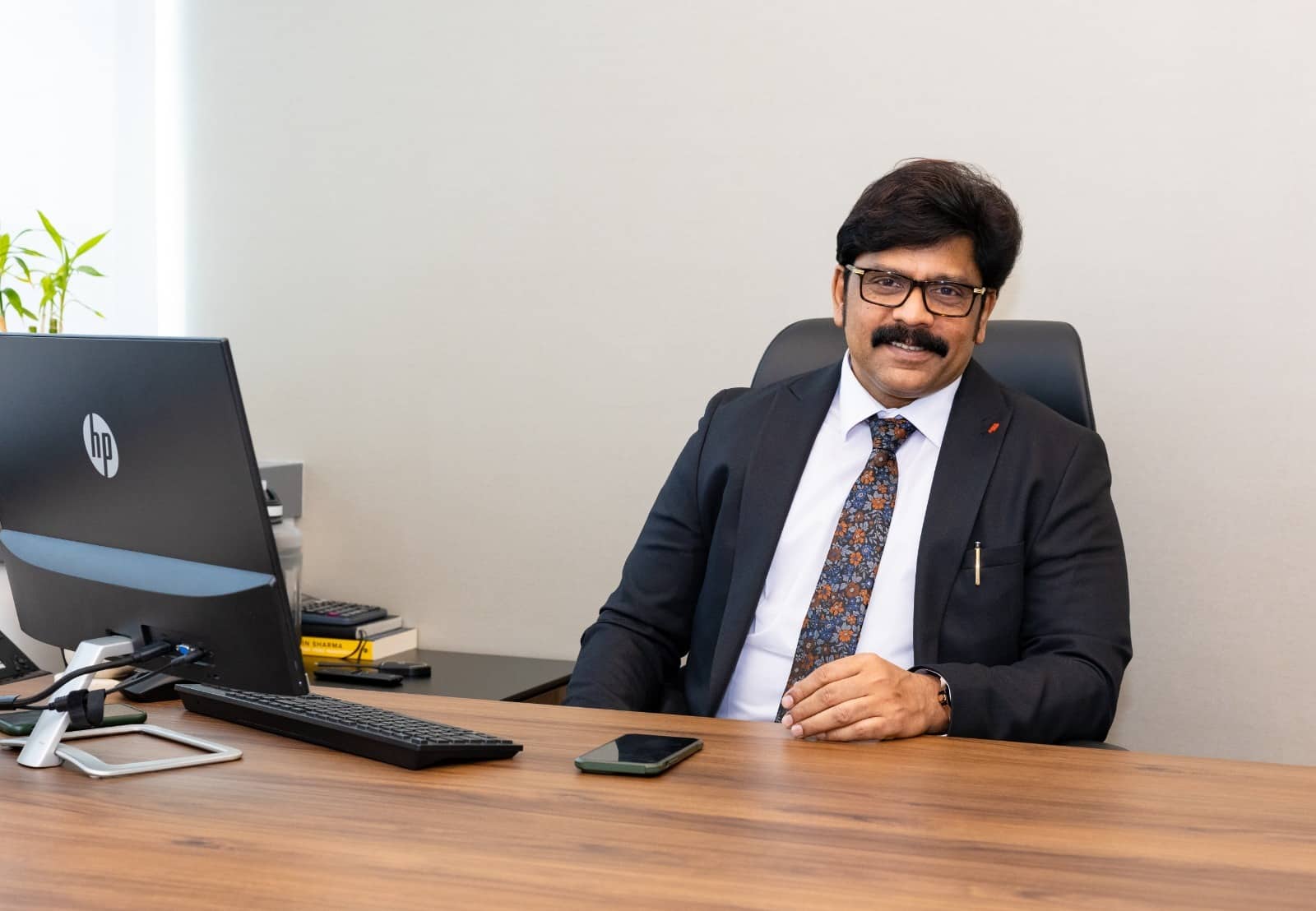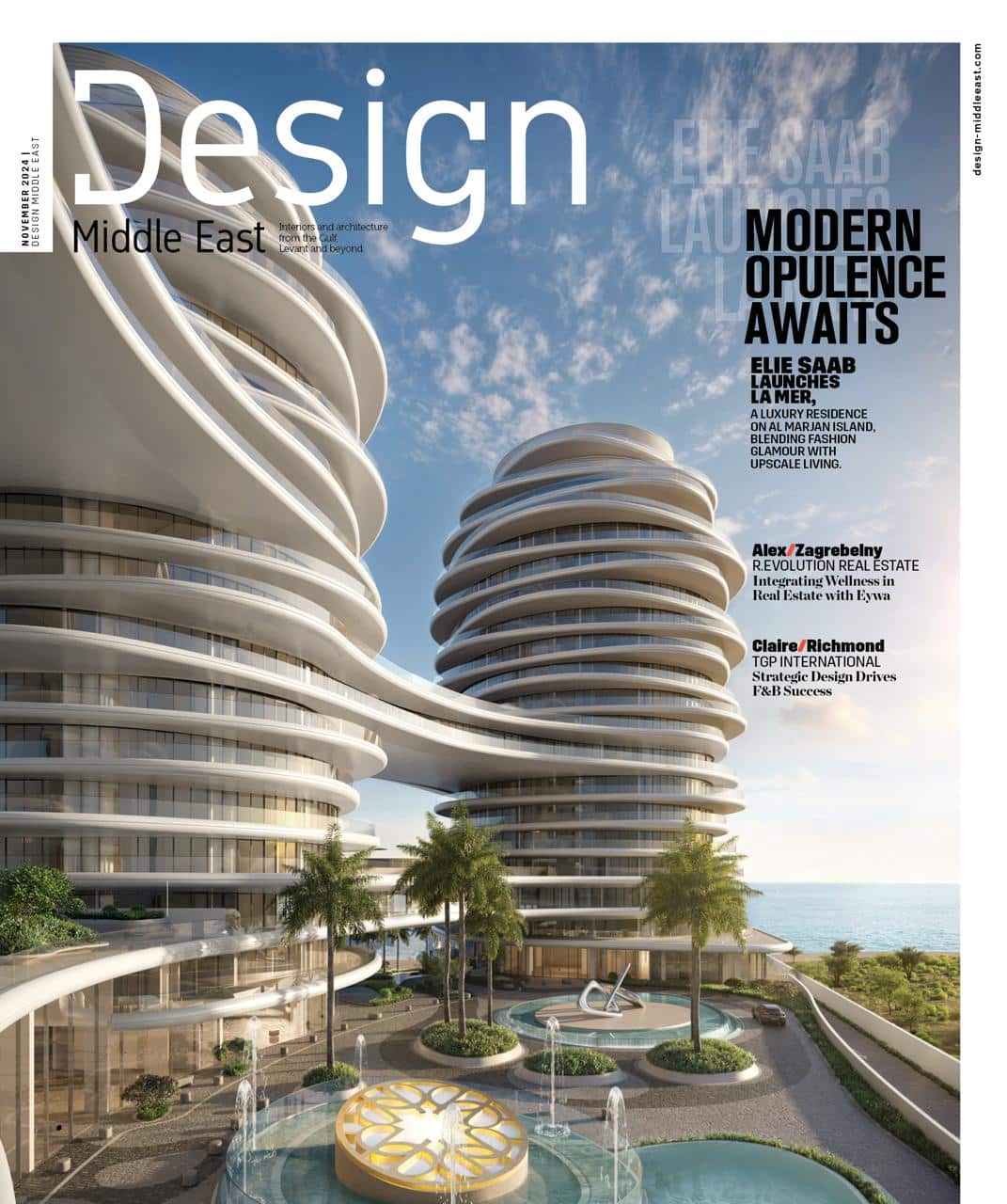Kitchen is one of the most important areas of any living space and it’s great to see how designers and various brands are working on its appeal, functionality, and technology altogether. This year the glamorous kitchens composed of bold colours, open shelving, signature pieces, and appliances are set to make a welcome return to the heart of the home. With a growing realisation that the robots are coming the super machined vacuity of the past decade will give way to the handmade with a greater value placed on craftsmanship, legacy, and artisanal skill. The appliances form the basis of any kitchen and its careful selection is of utmost importance.
What customer wants?
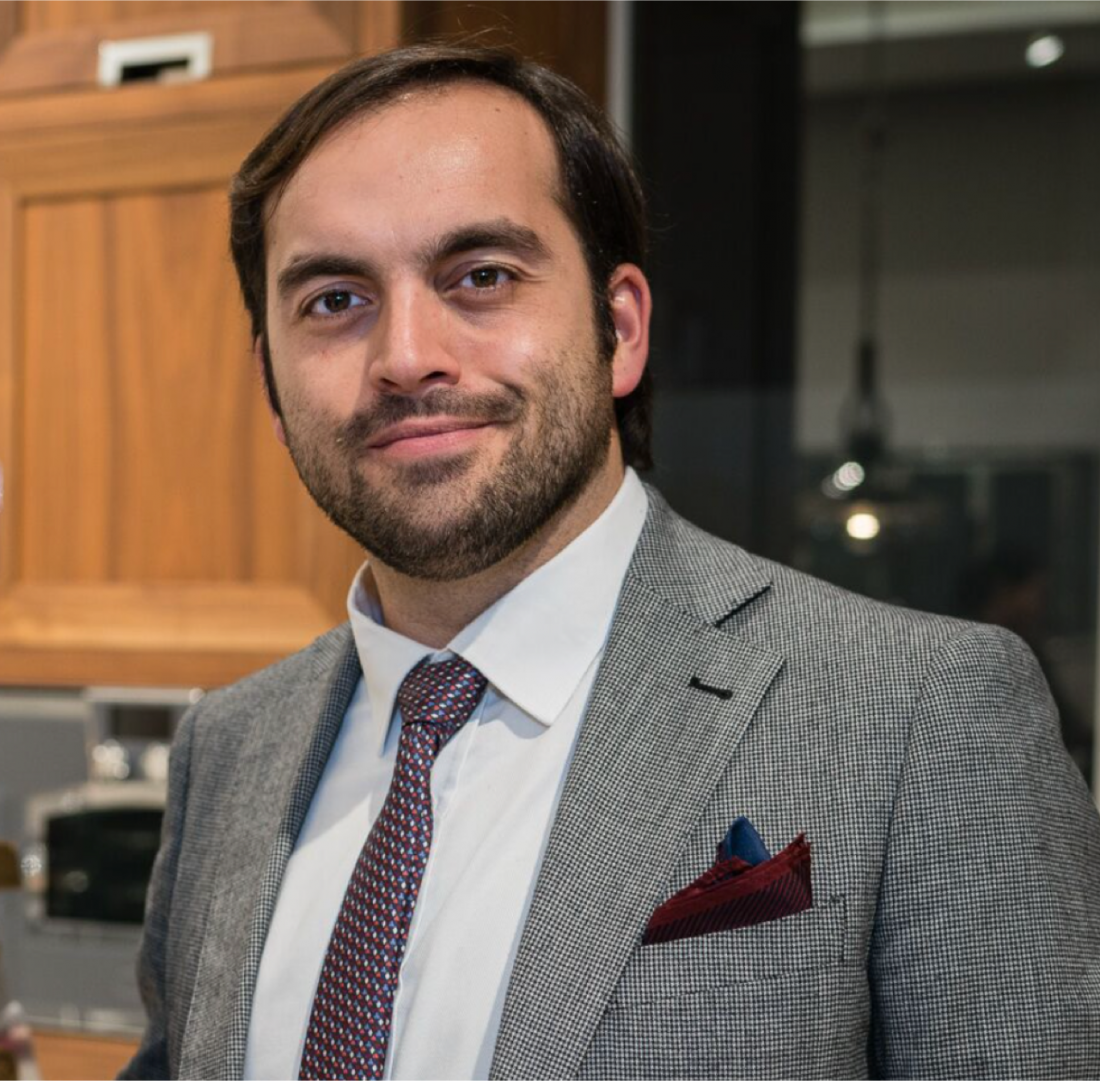
The Italian kitchen brand, Officine Gullo has recently opened a new single brand showroom on Jumeirah Beach Road and it’s everything what a dream kitchen could boast of. Andrea Gullo, general manager for Officine Gullo Middle East, says: “The market trend of these days is that the customer always more frequently wants to try the experience of having their proper “restaurant at home”, which, among others, has always been the goal of our production. A kitchen that can offer all the qualities requested by top chefs, such as high-quality standard and professional and high-tech performances, but in high aesthetics shape. The added value of the kitchen is its high technology, that allows to improve not only the performance of the product itself but even its safety and the quality of life of the customer, to increase energy savings and reduce management costs.”
Products to watch out for!
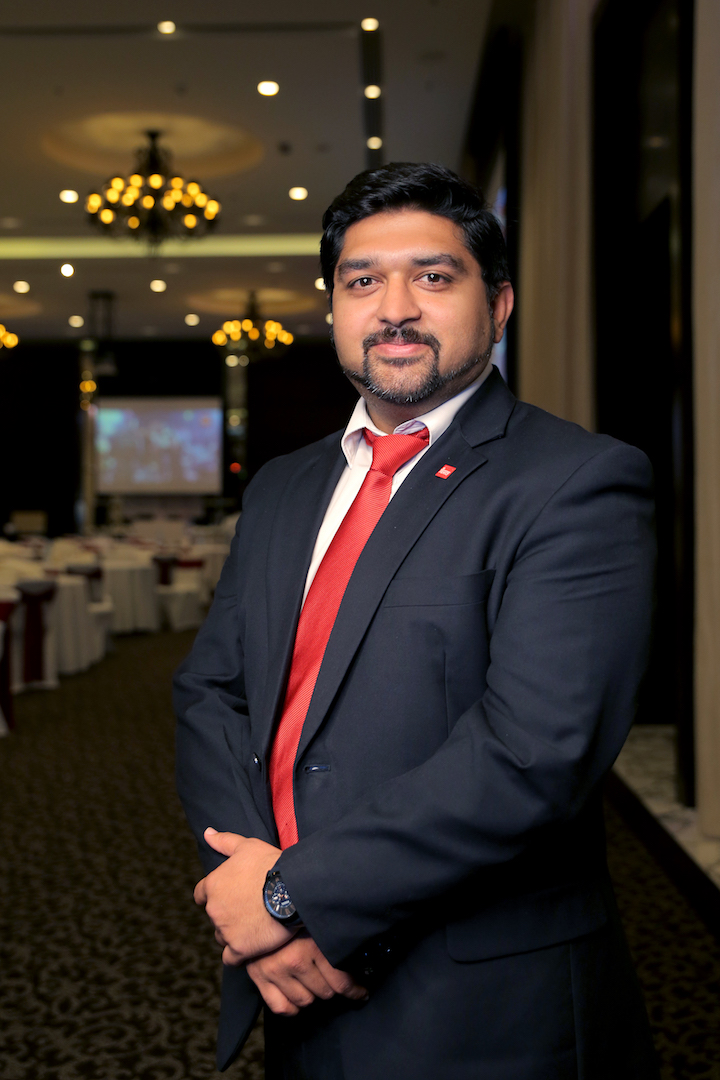
Popular German brand Teka launched its new range called WISH, which is the most extensive catalogue renewal in the history of the brand incorporating over 100 new products. Tejas A. Shah, marketing manager, Teka ME and UAE, says: “WISH offers built-in household appliances featuring a new design characterised by its emphasis on straight lines, spaciousness, the combination of glass, steel and aluminium and incorporating sophisticated and user-friendly electronics. From energy-saving auto-cleaning ovens, hoods with EcoPower motors to hobs with MultiSlider and iKnob features, we are giving customers an experience that will stay with them forever.”
Tomas Alonso, CEO, BSH Home Appliances Middle East, says: “What we are seeing is an increasing demand for built-in appliances, with design matching kitchen furniture. In 2018, we launched “flameSelect”, which provides precision control of flame in gas hobs with nine steps. Furthermore, thanks to the “perfectbake” and “perfectroast” features, which are available with the IC6 oven, enable the consumer to experience sensor cooking for perfect results.”
Material and finishes
Another notice worthy things is that customers are slowly going back towards traditional designs and materials for a kitchen. “The use of noble metals like brass in different finishes or copper combined with the colour of choice is more and more in demand. People are moving away from the aseptic look of plastic or glass and anonymous design when it comes to appliances and prefers to have the opportunity to customise their kitchen choosing colours and finishes which blend with the interior design of their homes. The advantage of using noble metals with finishes which are resistant to the weather of the region and more durable in time is also the perception of quality coming from things, which are carefully hand-made and designed to last,” adds Gullo.
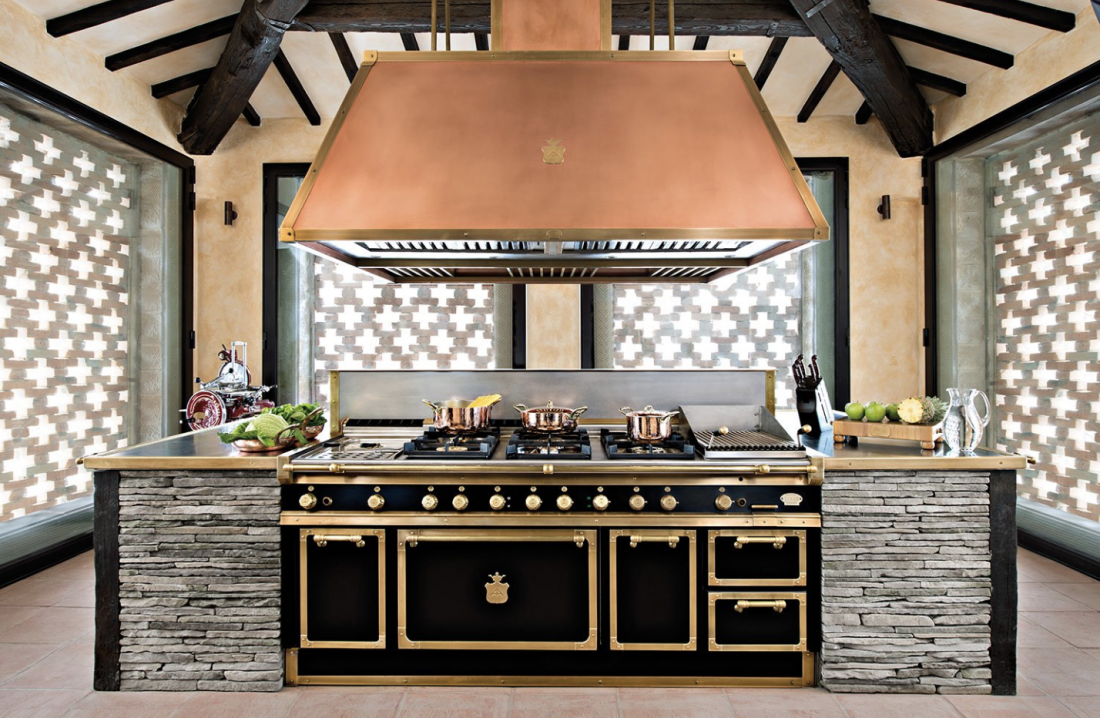
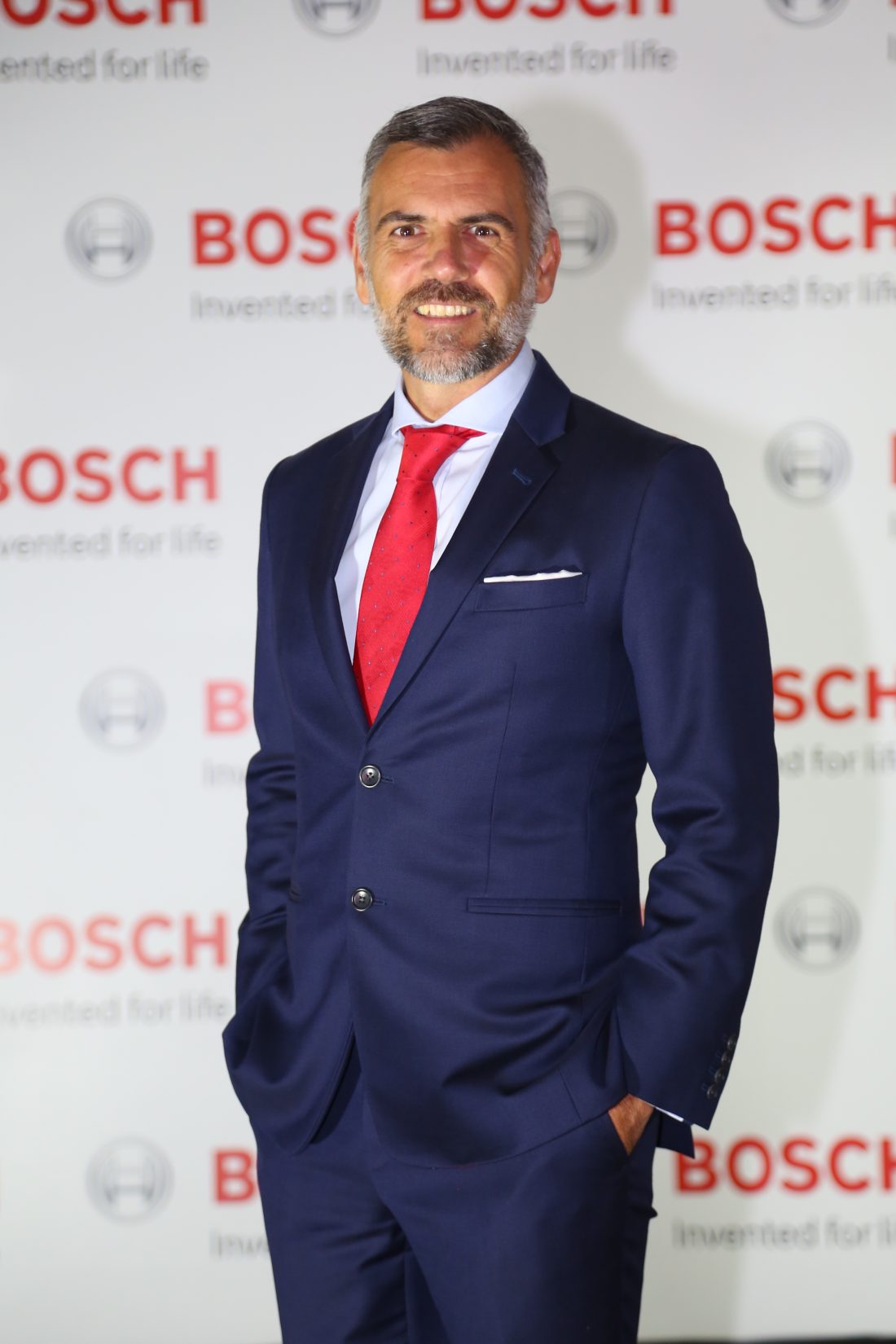
Yes, we certainly can make kitchens ecofriendly with the correct appliances, suggests Tomas Alonso, CEO, BSH Home Appliances Middle East. Alonso adds: “If we look at the product categories under the energy efficiency scheme in the Middle East, such as refrigerators, washing machines and dishwashers can save water and energy. Our appliances are rated on the highest efficiency levels as per EU standards or applicable regulations in the UAE and KSA. For example, using the WAT28780GC, one of our washing machines can save up to 60% in energy, while using the Bosch SMS88TI30M, one of our dishwashers can save up to 63% in water, when compared with a standard model from 1999. If we replicate the yearly savings into a product’s lifecycle, we would have the equivalent of the CO2 emissions for a car driven for 5,000 miles, or the daily water needs for one person for an entire year.”

